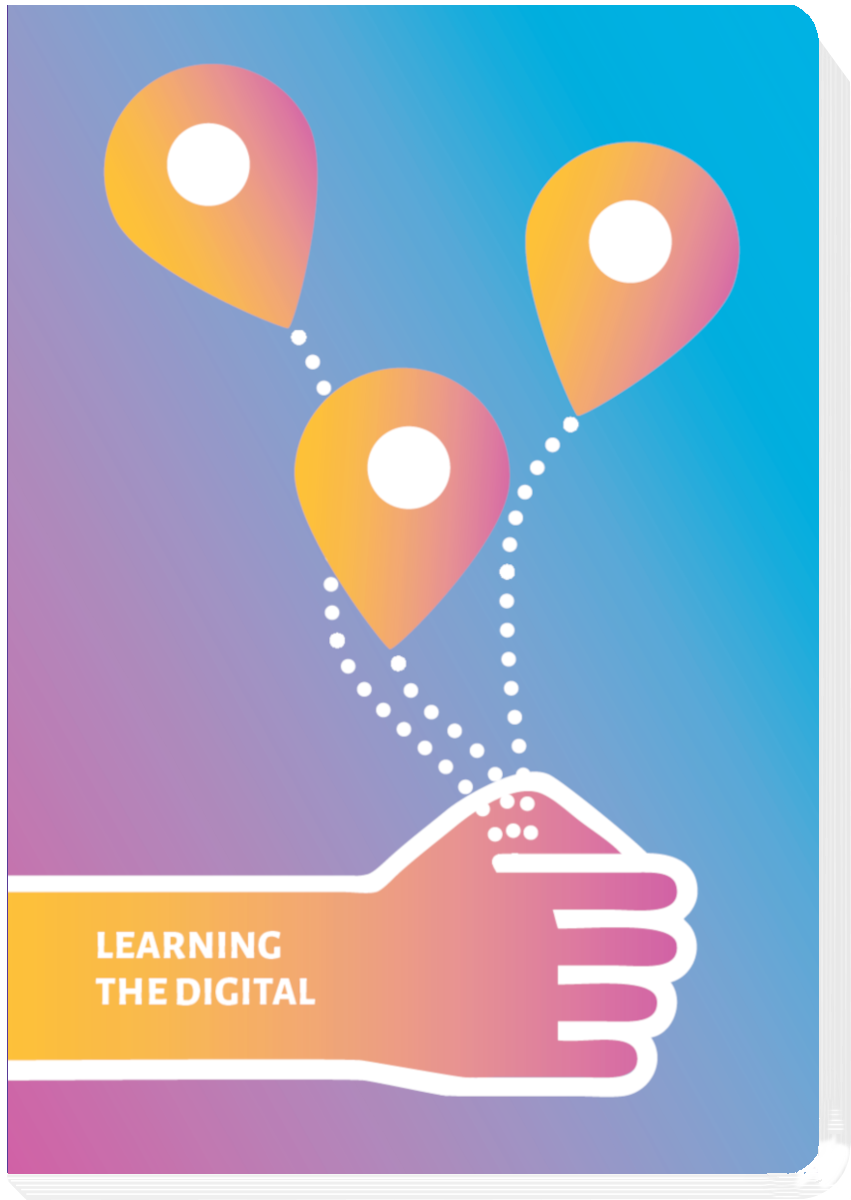Contents
Goals
- Gain awareness about the lock-in communication environments involving the individual learner
- Learn about the concept of interoperability and its relevance for the Internet
Steps
1. Participants are asked to visualise their chat systems: what software do they use with their family, their friends, their work colleagues?
2. A brief discussion about the results: how many bubbles have come up? Why?
3. The educator introduces the concept of interoperability: what if there were no such barriers between chat systems? Would you like to maintain these barriers or not? The educator can employ telephones and emails as practical examples of interoperable tools.
Interoperability
Ability of a system to exchange with another system and use data provided by the other system on the basis of a shared standard and in absence of central control.
Read more:
Reflection
- Why are some systems interoperable and others are not?
- What is good about having most applications sealed off from each other?
- Is interoperability a digital right?
Inspiration: Alternative messengers
NGI – Next Generation Internet Initiative of the European Union published a list with alternatives to the established messenger services. Learn more about them and try to use them! https://www.ngi.eu/news/2021/01/15/instant-messaging-the-ngi-way/
One of the alternative communication protocols are XMPP and Matrix. They want to apply the standard of communication interoperability to instant messaging. Therefore, they are not a chat application, but open-source protocols working on a decentralised model. Several apps (clients for end users) make use of these protocols.






